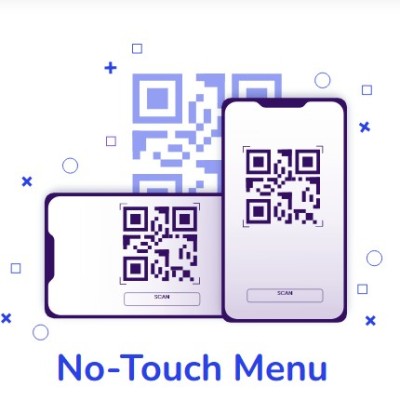In an increasingly globalized business environment, offshore development teams play a crucial role in helping businesses scale operations, reduce costs, and access specialized talent. However, managing a remote team across different time zones and cultural backgrounds presents unique communication challenges. Establishing clear communication strategies ensures seamless collaboration, minimizes misunderstandings, and boosts productivity.
This guide explores essential strategies and tools to enhance offshore team communication, fostering a cohesive and efficient work environment despite geographical distances.
Why Strong Communication is Critical in Offshore Development
Effective communication is a key success factor in offshore software development. Studies show that poor communication contributes to more than 50% of project failures. Without structured communication practices, businesses risk project delays, misalignment, and reduced team morale.
By implementing proven communication strategies, organizations can bridge the gap between onshore and offshore teams, ensuring smooth workflows and successful project execution.
Embracing Cultural Awareness in Offshore Collaboration
One of the most overlooked aspects of offshore team management is cultural differences. Every region has distinct work ethics, communication styles, and business etiquette. Understanding these nuances can significantly improve collaboration.
Tips for Culturally Aware Communication:
Research cultural norms and business etiquette in your offshore development team’s location.
Encourage open dialogue about preferred communication styles.
Provide cross-cultural training for both onshore and offshore teams to build mutual understanding.
Defining Expectations with Structured Documentation
Clear, documented processes eliminate ambiguity and set expectations for all team members. A well-defined communication plan improves alignment and reduces project risks.
Key Documentation Practices:
Maintain a central repository for project requirements, timelines, and workflows.
Use task management tools like Asana, Jira, or Trello to track responsibilities and progress.
Develop internal guides that outline communication protocols and project objectives.
Selecting the Right Communication Tools
Using the right collaboration tools can streamline remote communication and ensure real-time connectivity between offshore and onshore teams. The ideal communication stack should integrate messaging, video conferencing, and project management.
Recommended Tools:
Instant Messaging: Slack, Microsoft Teams
Video Conferencing: Zoom, Google Meet
Project Management: Asana, Monday.com, Jira
Visual Collaboration: Miro, Loom for screen recordings
To optimize tool usage, create dedicated communication channels for specific projects, ensuring clarity and easy access to relevant information.
Scheduling Regular Check-ins and Meetings
Regularly scheduled meetings help maintain alignment and address challenges proactively.
Suggested Meeting Structure:
Daily Standups: Quick updates on progress and blockers (15 minutes)
Weekly Syncs: In-depth discussions on project milestones and roadblocks
Monthly Reviews: Performance evaluation and future planning
Time zone differences can make scheduling difficult. Find overlapping hours that work for both teams to ensure efficient collaboration.
Using Visual Aids to Improve Clarity
For offshore teams where language barriers exist, visual aids such as diagrams, screen recordings, and flowcharts can enhance understanding and reduce miscommunication.
Effective Visual Tools:
Miro: Digital whiteboards for brainstorming and workflows
Loom: Screen recording software for task explanations
Google Translate: Quick language translation for written communication
Encouraging Continuous Feedback and Engagement
Providing timely feedback helps offshore development teams stay on track and feel valued. Establishing a feedback culture fosters trust and ensures continuous improvement.
Best Practices for Feedback:
Implement structured weekly feedback sessions.
Encourage two-way feedback, allowing offshore teams to share their challenges.
Recognize achievements to boost team morale and engagement.
Enhancing Offshore Communication with AquSag Technologies
Building effective communication frameworks is essential for the success of offshore development teams. At AquSag Technologies, we specialize in helping businesses develop customized communication strategies tailored to their offshore teams.
With years of expertise in managing global teams, AquSag Technologies offers:
Structured communication protocols for seamless collaboration.
Cross-cultural training to bridge cultural differences.
Custom solutions designed to optimize offshore team efficiency.
If you're looking to strengthen your offshore team’s communication and maximize project success, contact AquSag Technologies today!
See more service:
Hire Full Stack Developers in New York
Offshore Development Cost Calculator
Hire Python Development Company in New York
ReactJS Development Company in New York









